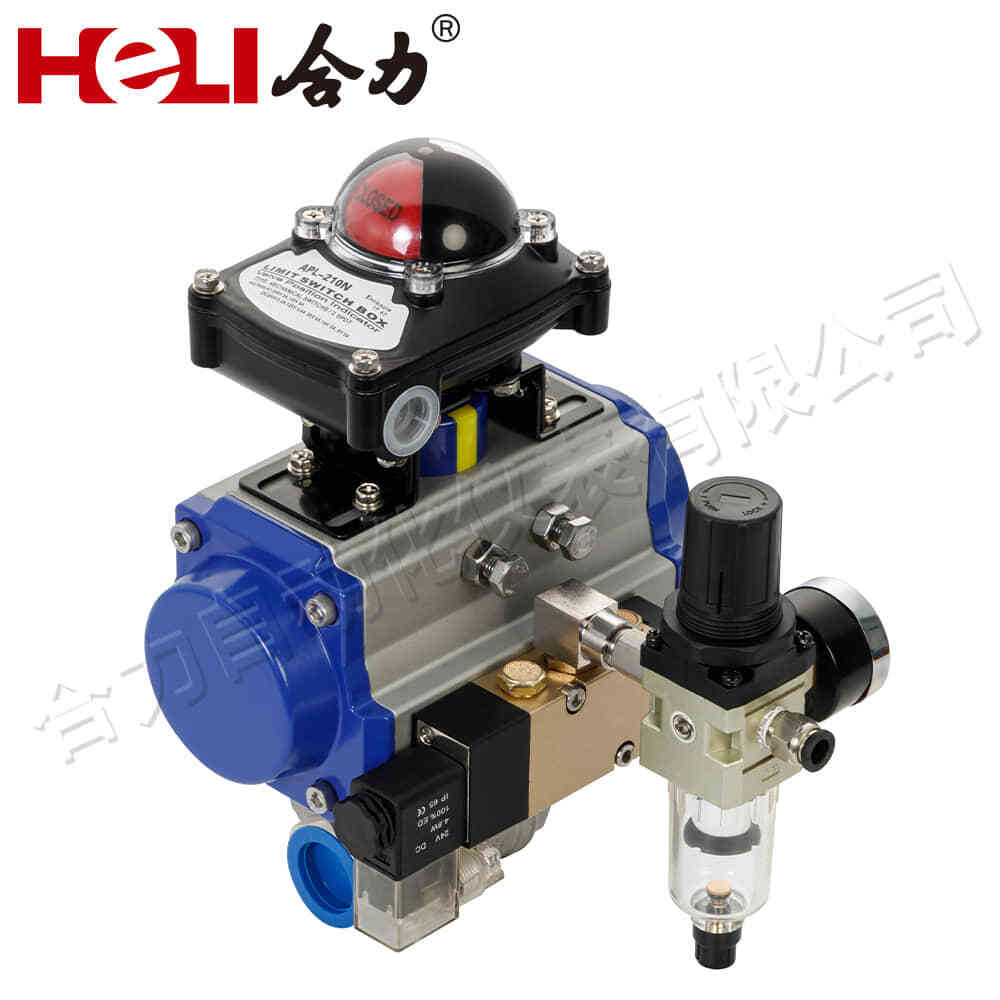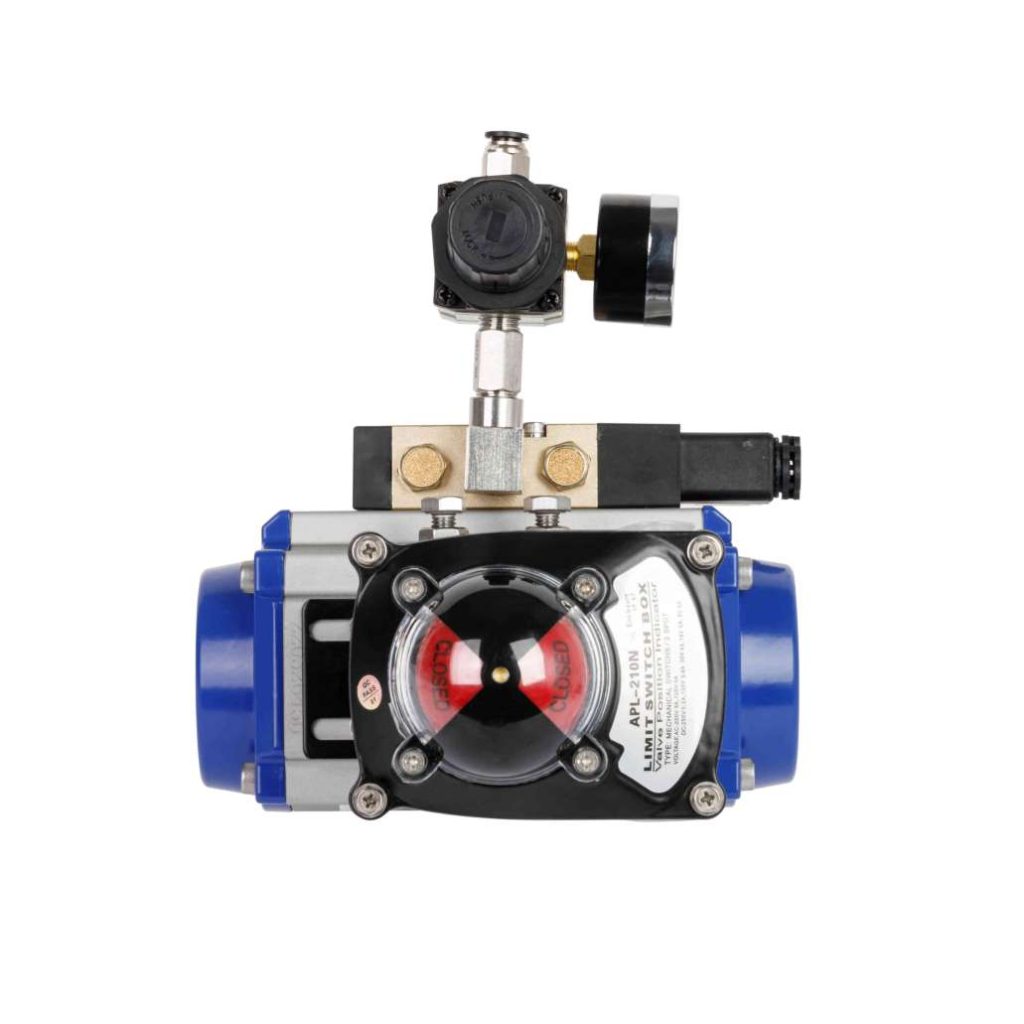Pneumatic actuators are mechanical devices that use compressed air to create motion and perform various tasks in industrial and automation systems. These actuators are commonly employed in applications that require a reliable, efficient, and cost-effective means of converting energy into mechanical movement. Pneumatic actuators are favored in many industries due to their ability to provide rapid, high-force outputs, making them ideal for tasks such as opening valves, moving robotic arms, and controlling machinery.

What is a Pneumatic Actuator?

At its core, a pneumatic actuator is a device that uses the force of compressed air to produce linear or rotary motion. The actuator consists of a cylinder, a piston, and a control valve. When air is introduced into the cylinder, it pushes against the piston, causing it to move. Depending on the design, the actuator may produce linear motion (such as extending or retracting) or rotary motion (such as turning a shaft). There are two main types of pneumatic actuators: Linear Actuators: These actuators create straight-line motion, typically used to push, pull, or lift loads. They are widely used in valve automation, material handling systems, and robotics.
